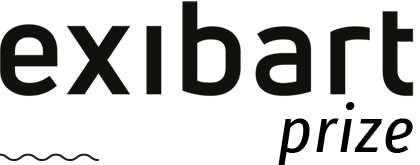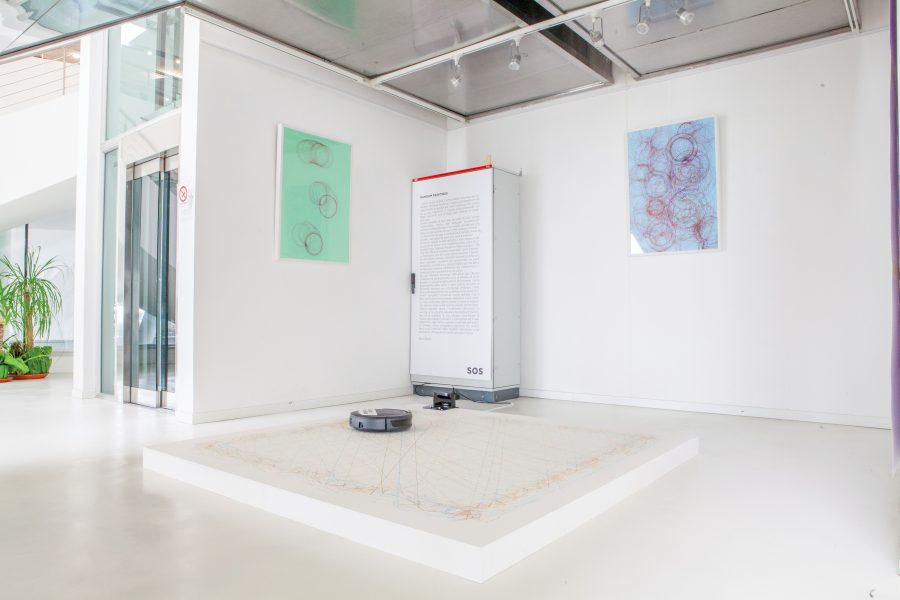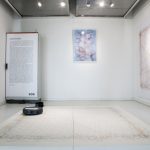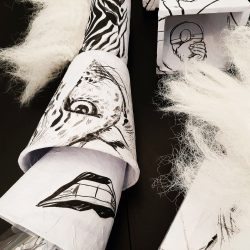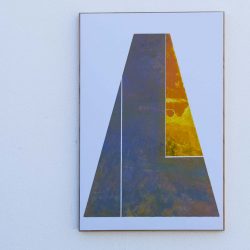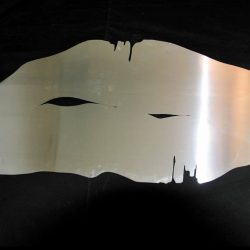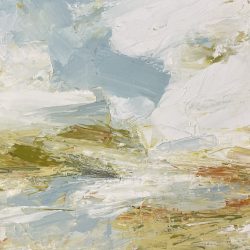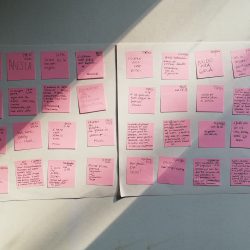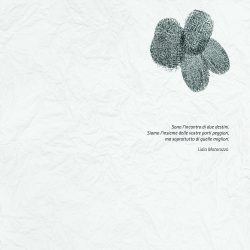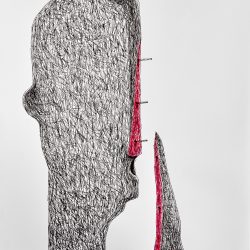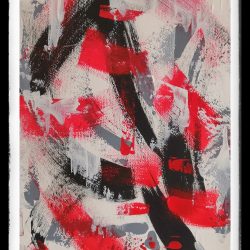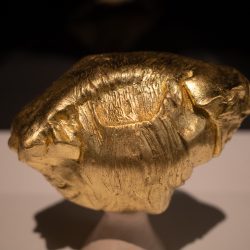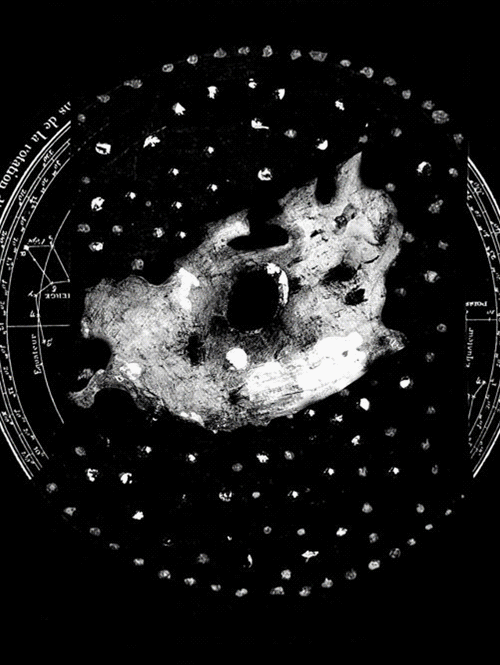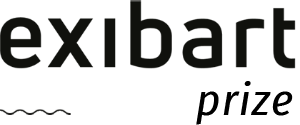work
Random AREA
| category | Installation |
| subject | Abstract |
| tags | random painting, sos, simon ostan simone, cleaning robot |
| base | 200 cm |
| height | 200 cm |
| depth | 9 cm |
| year | 2019 |
Acrylic (uniposca) on Wood
Singular are the aesthetic-artistic productions of Simon Ostan Simone.
We are in what some of us call "the new universe of information". This universe makes use of a new formalized language (Kurt Gödel, 1931), whose code is organized by means of electrical stimuli and today mainly uses electricity channels to transmit and disseminate information (- that is, according to what is described by the Theory of information, 1948, by Claude Shannon -).
These aesthetic-artistic productions fall within the perspective of technological hybridization, more precisely, in the interaction between the human cognitive system and the operating models present in the machine-computer memory. Except that the logical-mathematical calculations are used by Simone to produce "art".
The interest aroused in many artists has undoubtedly been for the automatism and the development of technical skills achieved by machines in the last twenty years.
The first computerized images, which reproduced the simple images present on petroglyphs of North American Indians, date back to 1968, and more precisely to the AARON program built by the English artist Harold Cohen. Subsequently, with more advanced and complex programs, his AARON was able to reproduce drawings and figures.
It was this English artist who first connected the computer to a plotter equipped with sensors with which the first "artistic" interventions of a machine were traced, by means of a mechanical arm with a pencil at the end operated at a distance by a program of a computer.
The "technological" artists envision a radical evolution and transformation of art.
Their works tell of "aesthetic operations"; and among other things, these operations are carried out with technological devices and through the language of the logical machine that produces "a work of art".
Let's say, simplifying, that messages intended as information propagate through energetics and trigger cognitive and operational models. These emerge in the brain, long before there is a reflection with thought about an event that could happen, is about to happen or has already happened.
Furthermore, information can produce actions in a relational environment; therefore even the art of information is determined by cognitive and operational models and systems, clearly used in an aesthetic context.
In fact, telescopes (radiation, radio wave, X-ray or interferometer) do not need the eye, nor do Doppler waves need the medical arousal, nor the acceleration of particles or the electron microscope, etc. ; it is humans, on the other hand, who need devices to translate into their common perceptual language what these instruments detect in the cosmos, in the subatomic world or within the body, or in the sub cellular world.
Thanks to technological and scientific evolution we have begun to place greater trust in those detection and calculation devices that are outside our senses.
Most of these technological devices inform us not only of a new theoretical approach of men to science in general, but also of a new organization of the world and of life. This approach could only be achieved through information linked to the technological evolution of computers.
This is why there are pioneering artists who probe the cognitive-cultural, or conceptual, or "feeling" evolution, and push themselves to produce works together or through machines equipped with at least one calculation device.
Among the artists who produce this kind of "information art" we can include Simon Ostan Simone, and we can also call him, as Mario Costa has pointedly observed, "aesthetic operator".
The main difference between a traditional artist and an aesthetic operator for me consists in the fact that they highlight in different ways two models of producing art and two models of observing matter and energy in a scientific way; they also mark the passage from the world of communicating and representing ideas, to the new universe of configuring relative and energetic relationships and messages present in an evolving-expanding environment.
It is these last "artists" who show us how both the system (aka model) with which a work is created and the conceptual operation that generated the message organized into information have value in the same way.
Ostan prefers to highlight in his artistic performances first of all the difference in operation between the communication that occurs through the medium of words or writing or images (or all the other conceptual models of representing "ideas" and static images) and dynamic information contained in the logical models inserted in the machine. Logical models follow patterns, trigger automatisms and bring out a system
Singular are the aesthetic-artistic productions of Simon Ostan Simone.
We are in what some of us call "the new universe of information". This universe makes use of a new formalized language (Kurt Gödel, 1931), whose code is organized by means of electrical stimuli and today mainly uses electricity channels to transmit and disseminate information (- that is, according to what is described by the Theory of information, 1948, by Claude Shannon -).
These aesthetic-artistic productions fall within the perspective of technological hybridization, more precisely, in the interaction between the human cognitive system and the operating models present in the machine-computer memory. Except that the logical-mathematical calculations are used by Simone to produce "art".
The interest aroused in many artists has undoubtedly been for the automatism and the development of technical skills achieved by machines in the last twenty years.
The first computerized images, which reproduced the simple images present on petroglyphs of North American Indians, date back to 1968, and more precisely to the AARON program built by the English artist Harold Cohen. Subsequently, with more advanced and complex programs, his AARON was able to reproduce drawings and figures.
It was this English artist who first connected the computer to a plotter equipped with sensors with which the first "artistic" interventions of a machine were traced, by means of a mechanical arm with a pencil at the end operated at a distance by a program of a computer.
The "technological" artists envision a radical evolution and transformation of art.
Their works tell of "aesthetic operations"; and among other things, these operations are carried out with technological devices and through the language of the logical machine that produces "a work of art".
Let's say, simplifying, that messages intended as information propagate through energetics and trigger cognitive and operational models. These emerge in the brain, long before there is a reflection with thought about an event that could happen, is about to happen or has already happened.
Furthermore, information can produce actions in a relational environment; therefore even the art of information is determined by cognitive and operational models and systems, clearly used in an aesthetic context.
In fact, telescopes (radiation, radio wave, X-ray or interferometer) do not need the eye, nor do Doppler waves need the medical arousal, nor the acceleration of particles or the electron microscope, etc. ; it is humans, on the other hand, who need devices to translate into their common perceptual language what these instruments detect in the cosmos, in the subatomic world or within the body, or in the sub cellular world.
Thanks to technological and scientific evolution we have begun to place greater trust in those detection and calculation devices that are outside our senses.
Most of these technological devices inform us not only of a new theoretical approach of men to science in general, but also of a new organization of the world and of life. This approach could only be achieved through information linked to the technological evolution of computers.
This is why there are pioneering artists who probe the cognitive-cultural, or conceptual, or "feeling" evolution, and push themselves to produce works together or through machines equipped with at least one calculation device.
Among the artists who produce this kind of "information art" we can include Simon Ostan Simone, and we can also call him, as Mario Costa has pointedly observed, "aesthetic operator".
The main difference between a traditional artist and an aesthetic operator for me consists in the fact that they highlight in different ways two models of producing art and two models of observing matter and energy in a scientific way; they also mark the passage from the world of communicating and representing ideas, to the new universe of configuring relative and energetic relationships and messages present in an evolving-expanding environment.
It is these last "artists" who show us how both the system (aka model) with which a work is created and the conceptual operation that generated the message organized into information have value in the same way.
Ostan prefers to highlight in his artistic performances first of all the difference in operation between the communication that occurs through the medium of words or writing or images (or all the other conceptual models of representing "ideas" and static images) and dynamic information contained in the logical models inserted in the machine. Logical models follow patterns, trigger automatisms and bring out a system


